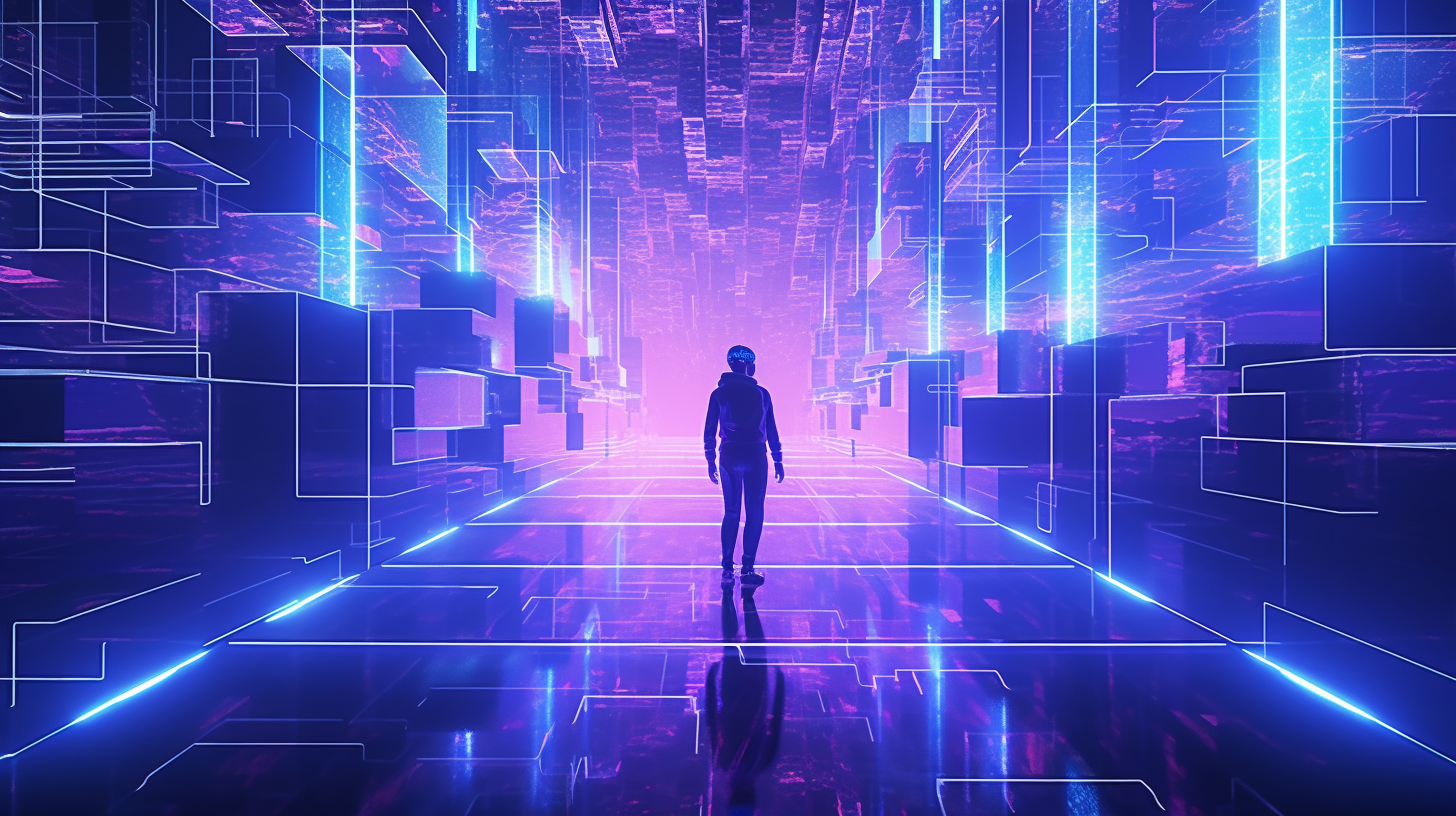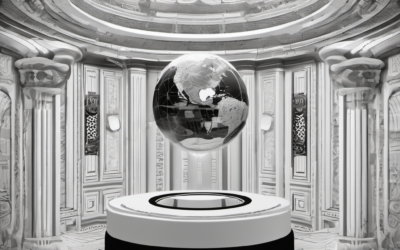The early stages of the World Wide Web were created in 1990. It was called “Web 1.0” and soon became known as the “read-only web”. It was basically some websites owned by a handful of companies. Users could only go online and read their content. There was no form of interaction between the users and the companies on Web 1.0.
This changed with the emergence of “Web 2.0” sometime around 2004. Other than providing content for users, companies started thinking of ways to let users engage with them and share their own content. The rise of social media and the accessibility of more users to the internet turned “Web 2.0,” or the “read-write” web, into the internet as we know it today. Users trust a handful of companies or centralized entities with their data, and all the while, those companies control the traffic and value generated on the web and become richer every day.
“Web 3.0” is the next generation of the web that is supposed to solve some of these problems. The idea for “Web 3.0,” or the “read-write-own” web, was first proposed in 2014 and has been evolving ever since. In “Web 3.0,” users have more control, ownership, and freedom over their online experiences. It is powered by decentralized technologies such as blockchain, cryptocurrencies, smart contracts, and peer-to-peer networks. These technologies enable users to interact directly with each other without relying on intermediaries or middlemen.
Web3 is also about creating a more open, fair, and inclusive web where anyone can participate and contribute to the digital economy. Web3 is not just about technology but also about values and vision. It is about building a web that works for everyone, not just for a few powerful corporations or governments.
Web3 is still in its early stages, but it has a lot of potential to transform the way we use the web and the internet.





0 Comments